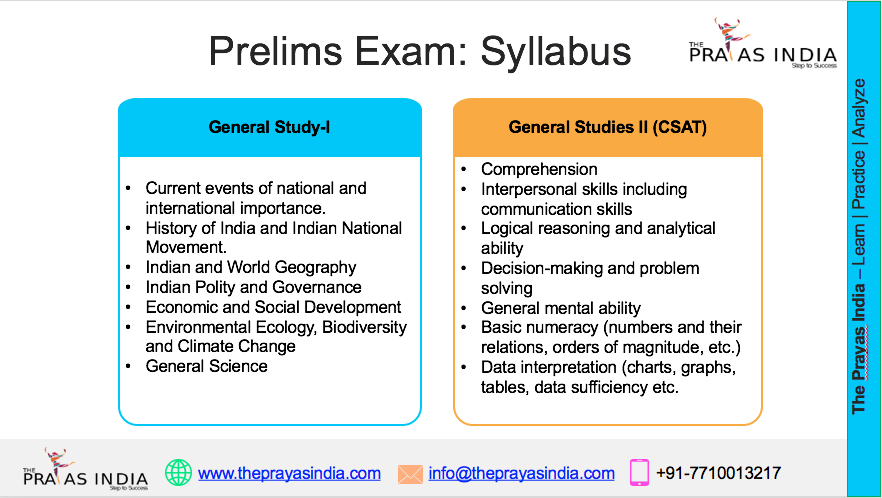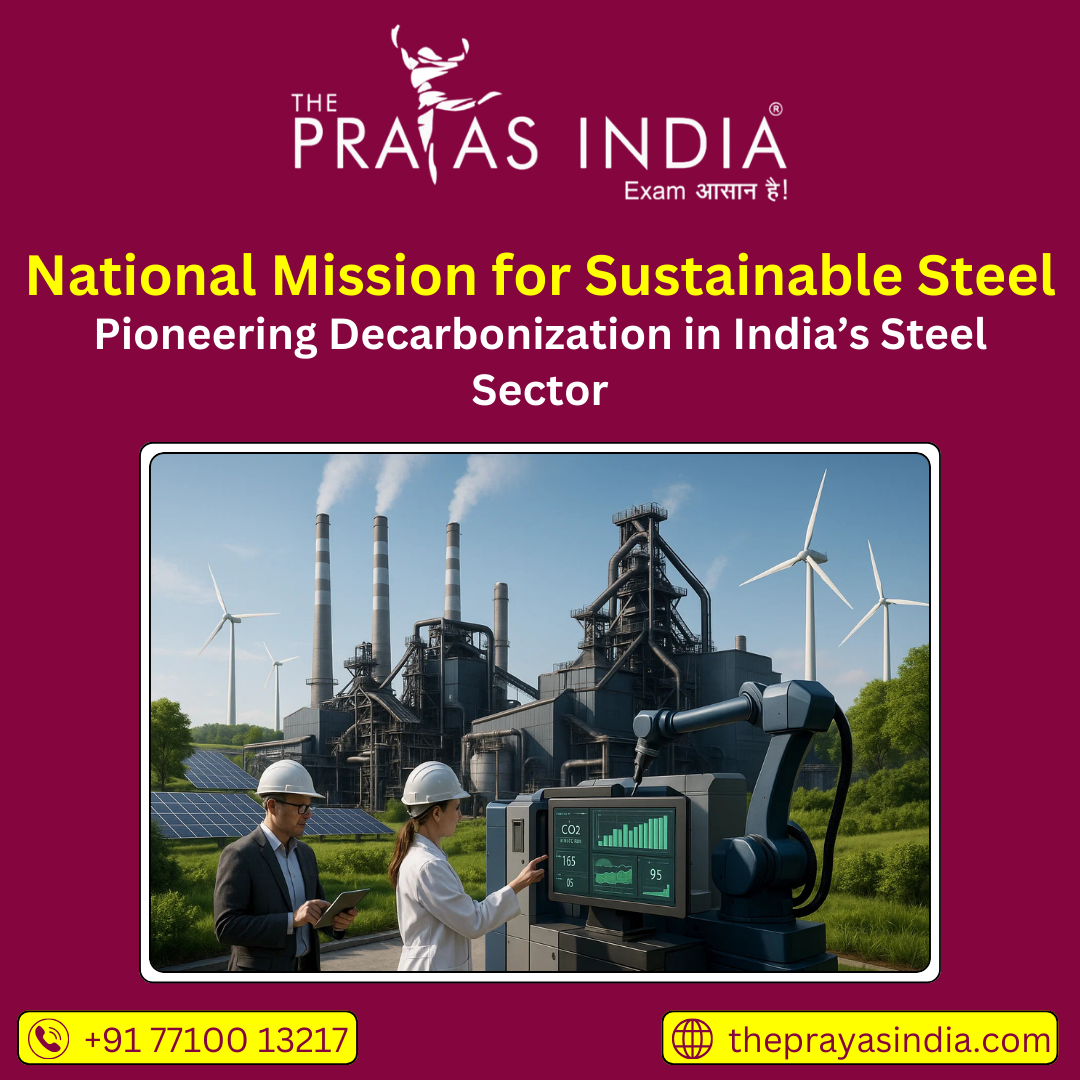National Mission for Sustainable Steel: Pioneering Decarbonization in India’s Steel Sector
Introduction
India’s steel industry is a cornerstone of its economic development, supplying critical raw materials for infrastructure, construction, manufacturing, and defense. However, steel production is also one of the most carbon-intensive industrial processes, contributing significantly to greenhouse gas emissions. Recognizing the urgency of climate change, the Government of India has launched the National Mission for Sustainable Steel (NMSS), a strategic initiative aimed at decarbonizing the steel industry and fostering environmentally responsible production practices.
Background and Need for Sustainable Steel
Steel manufacturing in India accounts for a large share of the country’s industrial emissions due to reliance on traditional blast furnace methods fueled by coal and coke. With India’s commitments under the Paris Agreement and the goal to reach net zero emissions by 2070, decarbonizing steel production has become imperative. The mission seeks to address this by integrating innovative technologies, promoting clean energy use, and optimizing resource efficiency.
Key Objectives of the National Mission for Sustainable Steel
The National Mission for Sustainable Steel focuses on several critical goals:
- Reduction of Carbon Emissions: Implementing advanced metallurgical technologies and transitioning to electric arc furnaces and hydrogen-based steel making to drastically cut carbon footprints.
- Promotion of Green Steel: Supporting research and deployment of technologies that produce “green steel” using renewable energy and low-carbon inputs.
- Resource Efficiency and Circular Economy: Encouraging scrap-based steel recycling, reducing waste, and improving energy efficiency to minimize environmental impact.
- Industry Modernization: Facilitating modernization of existing steel plants to adopt cleaner, more sustainable production methods.
- Policy and Regulatory Support: Developing standards, incentives, and regulatory frameworks that encourage sustainable practices within the steel sector.
Strategic Measures and Technology Adoption
The mission emphasizes the adoption of cutting-edge technologies such as:
- Hydrogen-based Direct Reduced Iron (DRI): Using green hydrogen for iron ore reduction, reducing dependency on fossil fuels.
- Carbon Capture, Utilization, and Storage (CCUS): Capturing CO2 emissions from steel plants for reuse or safe storage.
- Use of Renewable Energy: Increasing the share of solar, wind, and other renewable energy sources in steel production processes.
- Digitalization and Automation: Implementing AI and IoT for process optimization, energy management, and predictive maintenance to enhance operational efficiency.
Impact on Climate and Economy
The successful implementation of the National Mission for Sustainable Steel is expected to contribute significantly to India’s climate action targets by reducing millions of tons of CO2 emissions annually. It is also poised to create green jobs, boost the competitiveness of Indian steel globally, and attract foreign investments aligned with sustainability goals.
By transitioning the steel industry towards sustainability, India aims to become a world leader in producing eco-friendly steel, supporting its growing infrastructure needs while protecting the environment.
Challenges and Way Forward
Challenges remain due to the capital-intensive nature of technology upgrades, the need for skilled workforce training, and the integration of new energy sources. The government is working closely with industry stakeholders, academic institutions, and international partners to overcome these hurdles through funding support, capacity building, and collaborative research.
Conclusion
The National Mission for Sustainable Steel represents a visionary step in aligning India’s industrial growth with global climate imperatives. Decarbonizing the steel sector not only mitigates environmental impact but also paves the way for a sustainable, resilient economy. With continuous innovation and commitment, India’s steel industry can lead the transition to a green and prosperous future.




![Prayas-तेजस [UPSC CSE Sociology Optional] – Online & Offline](https://theprayasindia.com/wp-content/uploads/2025/09/Prayas-तेजस-UPSC-CSE-Optional-Subject-The-Prayas-India-300x300.png)
![Prayas-सूत्र [UPSC CSE Materials (Hardcopy)]](https://theprayasindia.com/wp-content/uploads/2025/09/Prayas-सूत्र-UPSC-CSE-Study-Materials-Hardcopy-The-Prayas-India-300x300.png)
![Prayas-मंत्रा [UPSC CSE CSAT]](https://theprayasindia.com/wp-content/uploads/2025/09/Prayas-मंत्रा-UPSC-CSE-CSAT-The-Prayas-India-300x300.png)
![Prayas सारथी [UPSC CSE One on One Mentorship]](https://theprayasindia.com/wp-content/uploads/2025/09/Prayas-सारथी-UPSC-CSE-One-on-One-Mentorship-The-Prayas-India-300x300.png)










